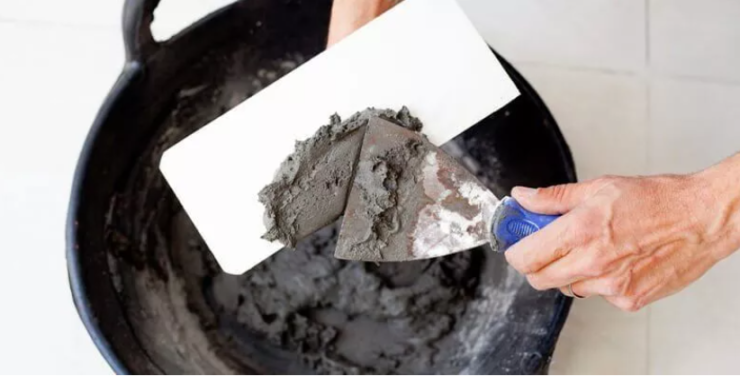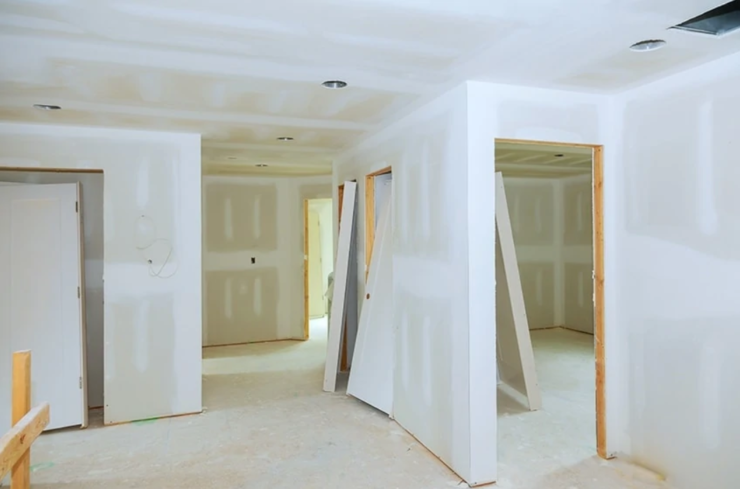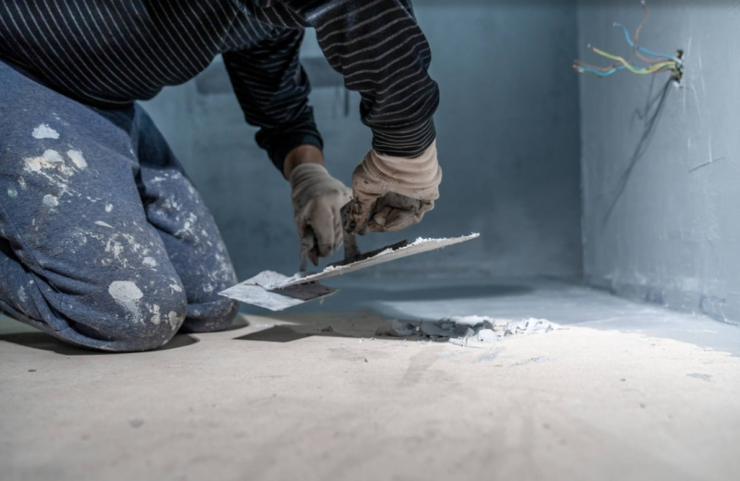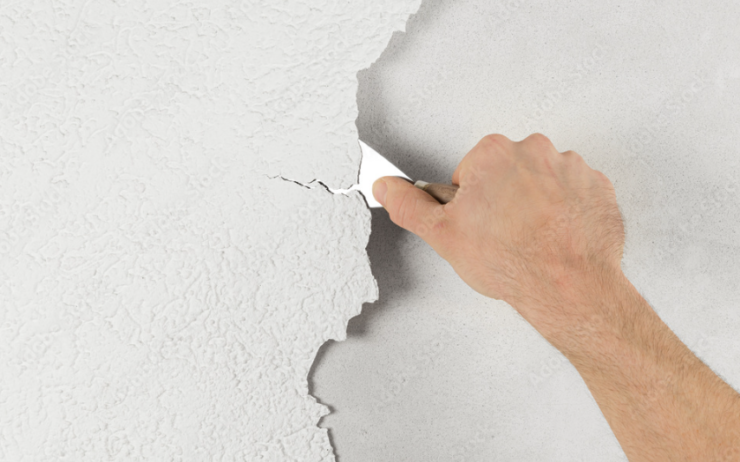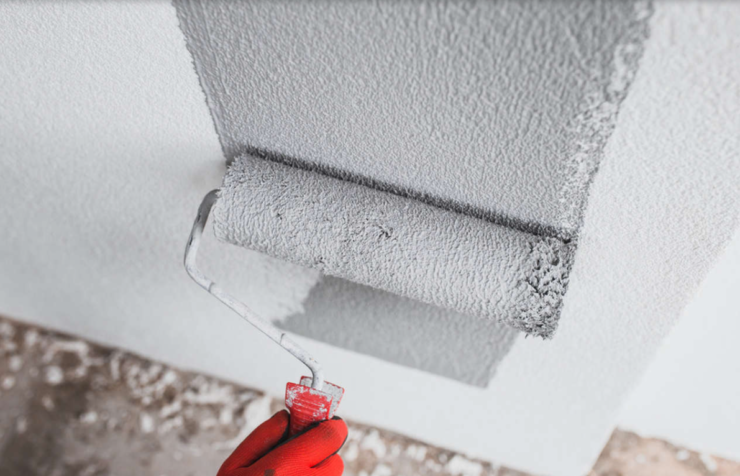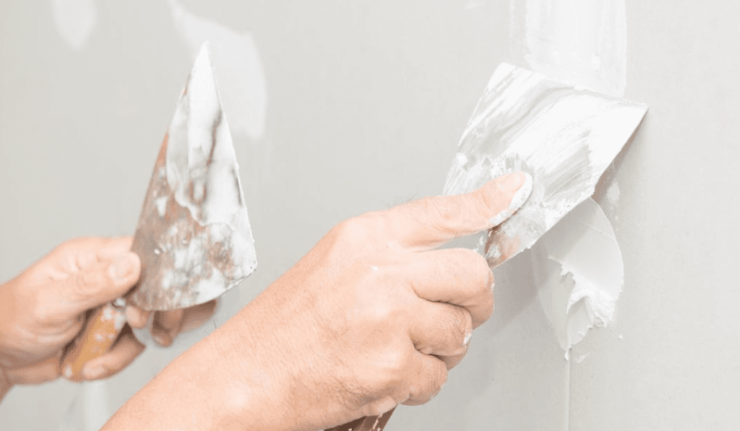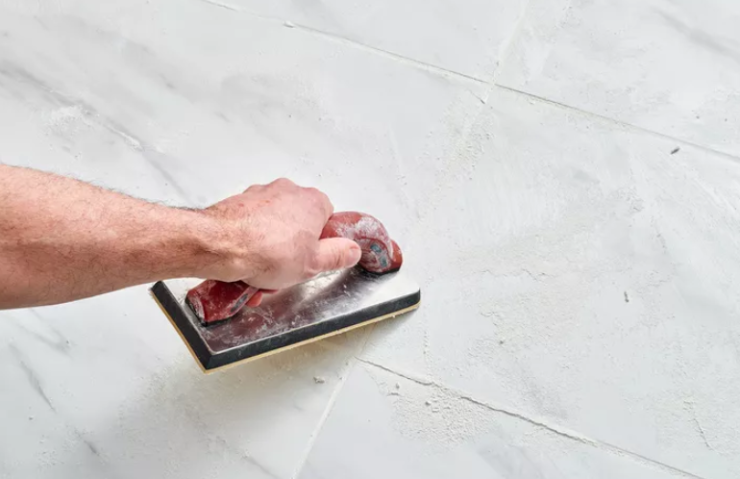The primary raw material for lime production is natural rock (limestone, dolomite, chalk, etc.) with calcium carbonate as the main component. In addition to producing lime with natural raw materials, another source of lime is by-products of the chemical industry (such as calcium carbide slag when calcium carbide is used to produce calcium hydroxide, the […]

Ordinary Portland cement is the most widely used type of cement in dry-mixed mortar products. Portland cement clinker is mixed with 6% ~ 15% mixed materials and the appropriate amount of gypsum to make a hydraulic cementitious material called ordinary Portland cement (referred to as ordinary cement), and its code is P ・0. The maximum […]
(4) Stability The uniformity of volume change of cement paste after hardening is called the volume stability of cement. After adding water into the cement, it gradually hydrates and hardens, and the hardened cement paste can maintain a particular shape with no cracking, deformation, or collapse. Generally speaking, in addition to the expansion of cement […]
Portland cement Portland cement is the most important inorganic bonding material in dry-mixed mortar products. After adding water to make slurry, it is a cementitious material that can harden in air and in water . Portland cement can be distinguished by performance and use, and can be divided into general-purpose cement, such as ordinary Portland […]
With the elimination of solid clay bricks, various new wall materials come out, such as aerated concrete bricks, fly ash bricks, shale bricks, aerated concrete blocks, lightweight GKC partition boards, and other new wall materials. Due to the advantages of lightweight, high strength, no environmental damage, and land resource protection, it is increasingly popular among […]
Dry-mixed masonry mortar includes two varieties: lightweight masonry mortar and ordinary masonry mortar. (1) Range of application Lightweight masonry mortar is suitable for masonry aerated concrete blocks; ordinary masonry mortar is suitable for masonry clay hollow bricks and small concrete hollow blocks. (2) Main performance 1) Good water retention; masonry materials need not be watered […]
Plaster for wall-scraping putty is mixed with building gypsum powder and talcum powder as the primary materials, supplemented by a small gypsum modifier. Add water and stir evenly when applying, and use the scraping method to level the wall surface. It is an ideal base material for spraying paint and pasting wallpaper. If selecting gypsum […]
Polymer exterior wall putty The unique polymer exterior wall putty is designed for exterior walls with high bonding strength, no cracking, good initial drying crack resistance, low water absorption, freeze-thaw resistance, easy construction, and low cost. (1) Range of application Polymer exterior wall putty is suitable for plastering and leveling the outer walls of civil […]
Gypsum caulking putty is a general-purpose joint putty used for joints, filling, leveling, and bonding between gypsum boards and other boards. It comprises inorganic or organic gelling materials, fillers, and various chemical admixtures—premixed material produced by the production process. There are two kinds of finished products of premixed materials: a caulking gypsum powder and a […]
The strength requirements for tile grout on the ground must have high bonding strength and wear resistance. Accommodates the deformation between large-size bricks and stones, thus prolonging the service life of facing bricks. The formulation of floor tile grout should use different types of products according to different environments and occasions. Using multiple jointing agents […]



